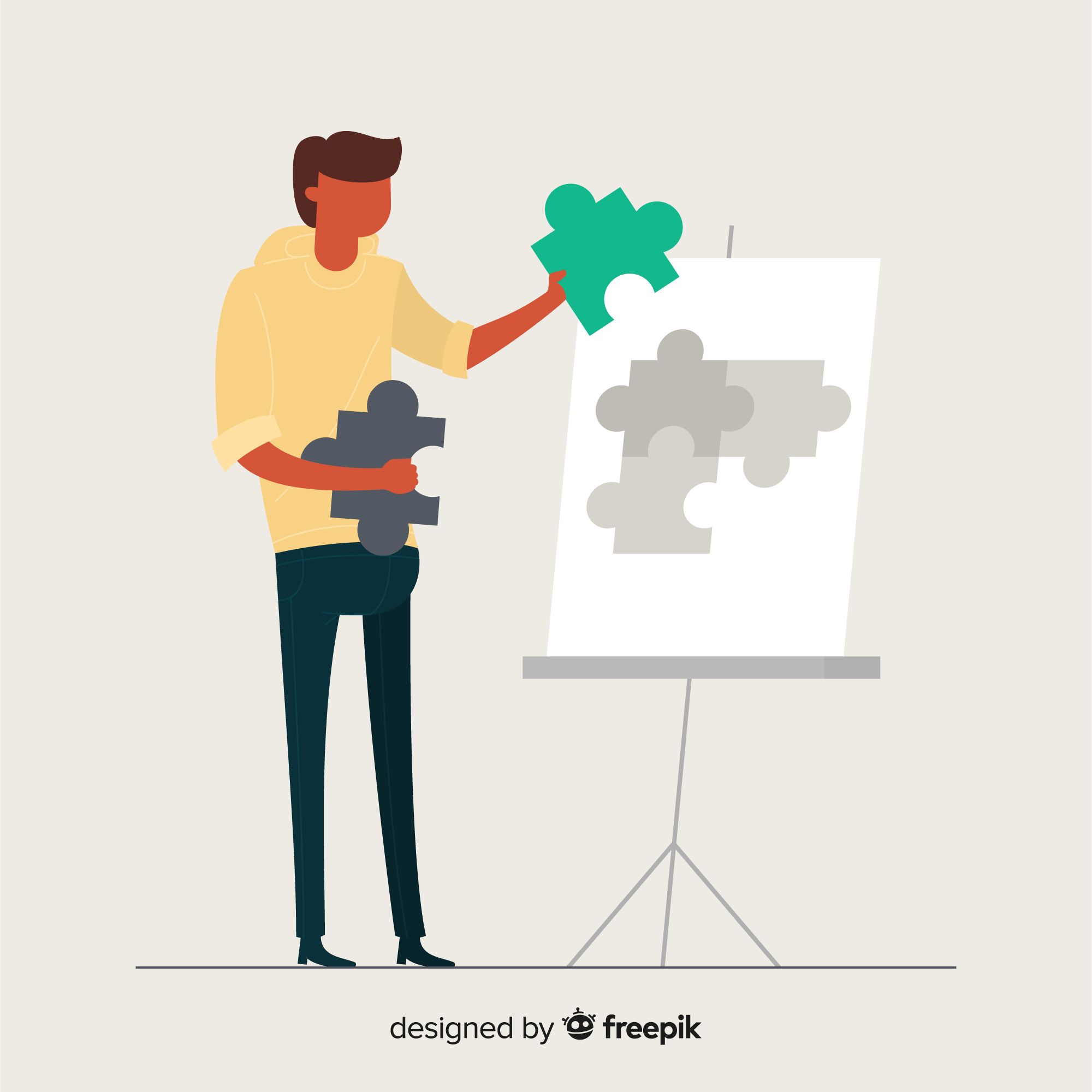How You Can Design Your Own Happiness

I am guilty. Guilty of letting my feelings get the better of me, eating more than a scoop of ice cream in one sitting and letting deadlines drift past me.
I sincerely believe and hope, that someone reading this shares all or some of these experiences. I doubt I’m alone in this because it is a quirk of humans to be complex—often times—paradoxical.
We crave peace but often start fights. We crave success but often procrastinate in achieving it. We crave a fit body but soothe ourselves with a bag of crisps.
Time, age and practice have made me better at controlling how I express myself but ice cream is still very much my kryptonite.
I revert to having the self-control of a four-year-old but, hey, I am working on it! A moment on the lips, a lifetime on the hips is my sacred mantra.
We all scream for. . .
This process of exerting control over one’s own cognitive, emotional and other behavioural responses to support the pursuit of long-term goals is known as self-regulation.
It’s often used interchangeably with self-control or self-discipline. Every time you dragged yourself out of bed on a rainy Monday morning and got to work on time; every time you picked a sorbet over the glorious, rich, deliciousness of ice cream—you have successfully self-regulated! So, good for you!
It’s human nature to do what we want, when we want with little forethought, and that often result in a lot of regret in the future. It’s the hippie in us who is in love with the idea of happiness, freedom of expression and being liberated from societal expectations. Unless you become a nomad, it’s not that simple.
Psychologist, researcher and proponent of positive psychology, Dr Martin Seligman, said: “The belief that we can rely on shortcuts to happiness, joy, rapture, comfort, and ecstasy, rather than be entitled to these feelings by the exercise of personal strengths and virtues, leads to legions of people who, in the middle of great wealth are starving spiritually.”
Our well-being, our acceptance of who we are, our happiness; starts with us. It starts with taking charge of our thoughts, feelings and actions. Self-regulating, as mundane as that may sound, is the answer to a happier, more successful you.
The marshmallow experiment
The Stanford Marshmallow experiment, led by psychologist Walter Mischel, obtained fascinating insight into deferred-gratification development as well as correlations between deferred-gratification and future life outcomes.
The study was simple. Thirty-two children, aged four to six years old, were presented a plate of marshmallows in a room that consisted of just them and the experimenter. The child was informed that the researcher needed to leave the room for a few minutes.
Before leaving, the experimenter gave the child a simple choice: If the child waited until the researcher returned, he or she could have two marshmallows. If the child couldn’t wait, they could ring the bell and the researcher would return immediately, but they would only be given one marshmallow.
The link
“Self-control is crucial for the successful pursuit of long-term goals. It is equally essential for developing the self-restraint and empathy needed to build caring and mutually supportive relationships.” —Walter Mischel, The Marshmallow Test: Mastering Self-Control
After Mischel and his team published their findings, many other researchers conducted follow-up studies that led to unexpected findings.
Children who have successfully delayed gratification were described as more competent, scored higher in their SAT exams, and possessed a healthier body weight than the children who were unsuccessful during the experiment.
Emotional self-regulation
Emotional self-regulation is tricky as it can be situational. The most common emotion we regulate is probably stress.
With that in mind, we can deploy three forms of coping:
1. Emotion-based coping
Learn to reduce negative emotions through talking out your feelings with a confidant, prayer or meditation, exercise or doing an activity that brings you joy.
2. Problem-based coping
Begin troubleshooting ways you can improve the circumstances or figure out how you can approach the situation. Recognise what you can change and accept what is not up to you.
3. Avoidant-based coping
This is a tricky one that can often be misused, but it’s not the worst thing to take a break from your current reality by going on vacation, reading an uplifting book or just taking time away from the problem and redirecting your energy elsewhere.
Cognitive & behavioural self-regulation
 Cognitive behavioural therapy (CBT) is a form of psychotherapy used to treat several mental disorders. The premise of CBT, however, is useful in daily interactions as it makes one more aware of one’s thoughts, feelings and behaviours.
Cognitive behavioural therapy (CBT) is a form of psychotherapy used to treat several mental disorders. The premise of CBT, however, is useful in daily interactions as it makes one more aware of one’s thoughts, feelings and behaviours.
Start by writing down your thoughts about a situation. Then, write how you behaved and note how you felt.
Once you have done this, evaluate your thoughts. Why do you say that? What evidence do you have for this? Can you create a more constructive thought out of this?
Thought example: My co-workers are under a lot of stress as well. This is a tense period for all of us.
Does this make you feel any different? Does it make you want to behave differently and maybe not storm out?
It is important to challenge unproductive or negative thoughts and turn them into thoughts that empower you and give you a sense of control over your situation.
Simple challenges
Get started with little things that you want to achieve. Pick one thing to start with and challenge yourself.
Here are some suggestions:
1. Start an exercise programme and stick to it every day for a week.
2. Refrain from gossiping or saying mean things about others for at least a week.
3. When you feel you’re losing your temper, take a breather and count to 10.
4. Practise “implementation intentions” such as “the next time I’m at a restaurant, I will order a healthy salad.”
It’s best to start training self-regulation muscles from early childhood but it’s never too late. It’s not easy and it takes time, so be kind to yourself.
Like any muscle, using it too hard and too much will cause fatigue and set you back, but like any muscle, practice makes it stronger, so be mindful of the balance you create and the goals you set.
Remember: Slow and steady wins the race, so be patient and keeping working on your inner self so you can enjoy a happiness that comes from deep within.
Leadership
Tags: Foundational Leadership, Emerging Leadership, Identity, Self-regulation





